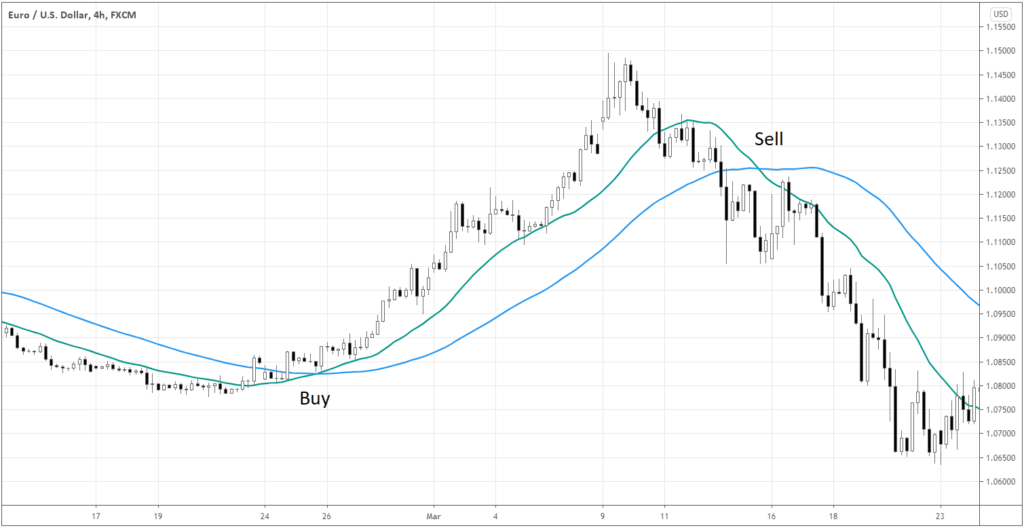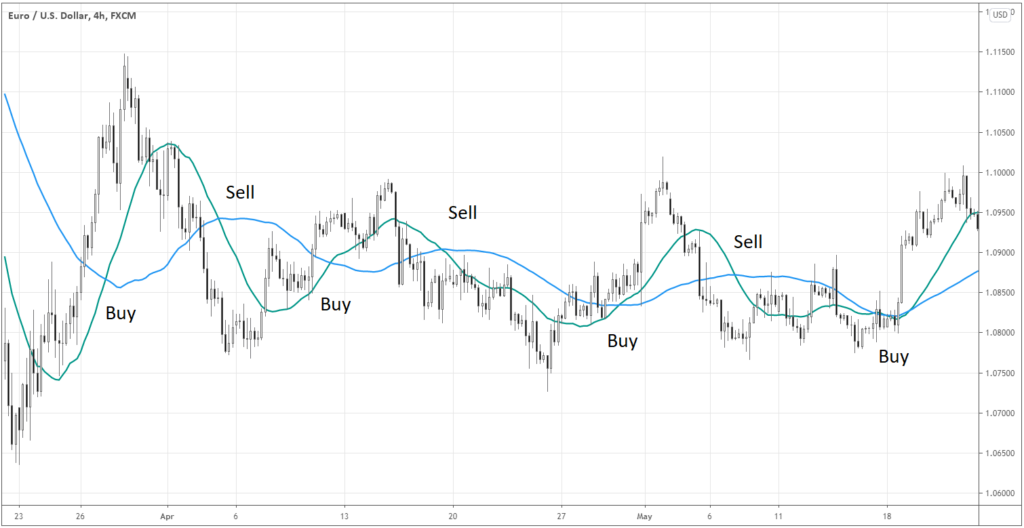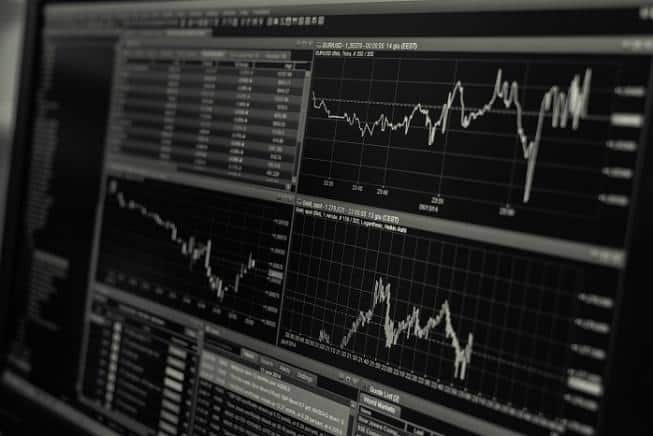There is a state in trading when you perform at your best. You have amazing mental clarity, the emotions don’t get in your way, you’re “in the flow,” and the execution of your trades goes smoothly without any second-guessing. Remember that NZT pill from “Limitless”? You know what I’m talking about! It almost feels like somebody trades for you!
It’s known as a “flow state,” peak performance, or being “in the zone.” It requires a total focus on what you’re doing.
How do we reach this state? First of all, remove all distractions. Previously in the “Analysis-paralysis” article – we talked about how to stop worrying about the process of trading itself by removing the fear of losses. Make sure you check those articles first, as what we’re discussing, we build upon the topics we had learned before.
Let’s break it down!
Now, let’s talk about the specific ways that, if followed consistently, will bring you to peak performance. Again I recommend you to go through the previous topics on the website to learn in-depth about each way.
Make sure your strategy is as repetitive and routine as possible
When we do the same task over and over again, the brain adapts, and the next time it executes it better. It’s like you’d have the default action settings of your trading, the “script” if you please. When you don’t need to spend your mental energy on the mundane tasks of trading like entry criteria, position-sizing, etc., you will have more energy to execute your plan correctly overall and even utilize your intuition.
Focus on a specific niche in whatever market you’re trading

Specialization is only possible if you’re not forcing trades and overtrading.
Yes, I saw some veteran traders who can take trades of entirely different nature during the day, and they are confident about them. However, think of your trading as you’d think about a business. Most of the successful businesses that operate today started with only a few products. Did Apple launch computers, phones, tablets, and other gadgets at the same time? Did Nike start selling all kinds of sports clothes right away? You get the point!
Over time, as you master your main setups, you’ll gradually incorporate new setups in your trading one by one. It takes time and accumulated experience.
Learn how to understand the market context
New traders often make a mistake focusing too much on the entry pattern while disregarding anything in the market that’s going on “around it.” An experienced trader can look at the two seemingly similar setups and be certain which one has a higher win rate and move potential. Why? There are factors that make some entry signals meaningless while turning similar signals, but in different circumstances into eligible trading opportunities.
Let me show you what I mean in the chart below.

Here is the four-hour chart of EURUSD. I added two Moving Averages (MA) on the chart. The green MA has a period of 20, and the blue one has a period of 50. The classic strategy would be to buy when the “fast” green MA (the one with the smaller period) crosses the “slow” blue one from below. Conversely, we’ll get the sell signal if the green MA crosses the blue MA from above.
While this simple strategy may work well in a smooth trending market, you’ll get many false signals when the market is ranging. Look at the example below.

Therefore, one of the most vital skills in trading is the ability to adapt to market conditions, which is only possible through understanding the context.
The market context is the story that the market tells us. What is the current market state? Is there a trend? What kind of trend is it? What stage of the trend we’re at? Who is in control, bulls, or bears? What did the market do today, this week, month, etc.? Look at the price action on the higher time frames and see the big picture.
Focus on the process, not profits

In the performance industries like sales, sport, and art, one of the key skills that make some professionals get to the top is the ability to stay focused on executing their skills at their best. It’s the case for trading too.
If you have a high IQ, know a ton about the markets, and even have a working strategy, it won’t matter much if you’re infirm in utilizing your advantages consistently.
To achieve the ultimate performance, you must eliminate any reasons for emotions to kick in. Here are the major ways to do that.
- Define your entry and exit rules, so you always know exactly what you’re supposed to do in your trading.
- Backtest your trading system, making at least 100 trades – it will give you confidence that what you’re doing is statistically proven to work.
- Define the risk management rules, and you won’t have to worry about the losses. Good risk management rules enable you to withstand even lengthy losing streaks.
- Only trade the money that you can afford to lose – a classic one, but many people underestimate the impact it can have on your trading during drawdowns.
By removing the anxiety, these simple steps will help you to focus on the process of trading even when things don’t go well as expected.
To learn more about dealing with anxiety in trading, check out the article about the analysis-paralysis and emotional rollercoaster.
Diversify your trading

You probably heard the saying, “Don’t put all eggs in one basket.” Diversification is a fancy word that’s not only related to the long-term investment portfolio allocation but also to active trading, which is based on exercising a statistical edge over the sample of trades.
When trading, we diversify the risk among the big number of trades (a minimum statistical sample), so there is no particular trade that can make us or break us. We gain income as the result of the statistical edge that we execute over and over again.
The knowledge that each result of an individual trade is nothing more than a piece of statistical data liberates us from any sort of attachment to trades, perfectionism, and other hindrances from the peak performance.
There is another way of employing the principle of diversification that is often overlooked. To be consistent in the quality of our decision making in trading, we must maintain a stable level of physical and mental energy. It is where the diversification of your personal life comes into place.
To “diversify” your personal life, make sure trading isn’t the only source of fulfillment for you. Otherwise, you risk catching a long losing streak. Make sure you spend quality time outside of trading. Some of the best ways are time with family and friends, hobbies, physical exercises, etc. Find something that makes you happy, and you’ll always have something to escape to when things get tough in trading.
Summing up
One of the essential skills that top performers have is the ability to focus on the present. It enables top professionals in any industry to utilize their skills to the fullest, without being held back by emotional factors. There are specific ways to create an environment to be able to enter the zone and stay there.







